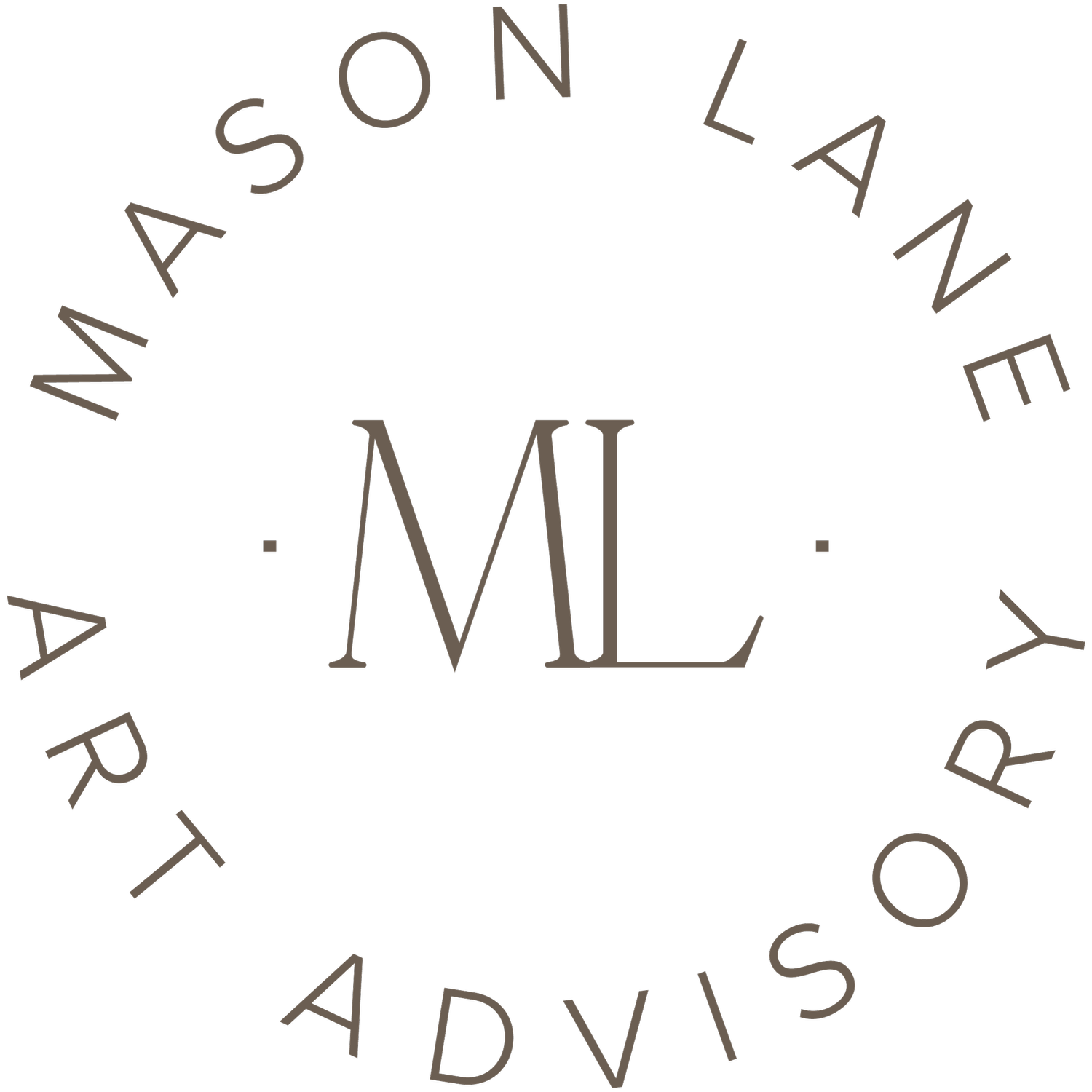What We Look For When We Source Art
We see a ton of art daily, whether it comes to us through gallery show announcements in our inbox, studio and gallery visits, art fairs, auction house previews, Instagram and more. A fraction of that work makes its way into our database and a fraction of that is ultimately recommended to clients. This leads to a big fat FAQ: what do we look for when we source art for clients?
First, we look at art through our clients eyes - what are their interests, what kind of collection are they building, what aesthetic and stories are they drawn to and more? Because we marry artwork with clients all the time, we are skilled at it, and we often understand what a client wants more clearly than they do, showing them work they wouldn’t have otherwise discovered or considered, but ultimately want to own.
Second, we only recommend art that we also believe in. This means that we need to know that it aligns with client goals, is priced appropriately, is of a certain quality, and that curatorially, it works with other art, architectural and design elements within the space. This does not mean that each of us personally loves the piece; rather, it means that we can appreciate it on behalf of our clients, and only then can we authentically present it and pass that appreciation on. It also means that we believe the art is coming from a reputable source - an artist with a serious practice, a gallery with respectable business practices – knowledge that we have gleaned from years of experience.
Finally, there are always hard restrictions to consider, the most common of which are budget and space. Most clients can’t tell us what their budget is before a project because they do not yet have a sense of what art will cost. For this reason, we are frequently building client budgets to build comfort, ensure we’re all on the same page, and slate each project up for success. We use those budget spreadsheets to track the financials throughout the project, which helps direct the search for appropriately priced art. And regarding space, there are always limitations - within a home, with doorways, elevators, trucks, etc. Thankfully, we have never had a major measuring disaster on this front (like realizing a new giant work cannot fit in an elevator and we now need the crane-through-the-window approach). All of these factors help us filter down the options.
There is no shortage of art available. Even though most clients only access a portion of what we see, they are still coming to us because they cannot edit down the options . It takes a trained eye, a keen understanding of the art market’s moving parts, and an innate ability to read people’s taste to successfully identify and secure great pieces.

